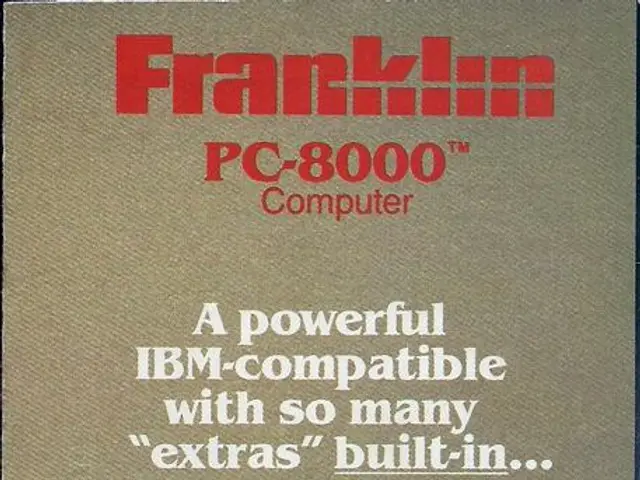Russia's New Housing Rules & Tariff Hikes: What Residents Need to Know
Residents of Russia can expect changes in their housing and utility payment schedules and costs. New rules extend the payment deadline to the 15th of each month, starting March 1, 2026. Meanwhile, tariffs are set to rise significantly over the next three years.
A resident of Tambov Region was recently shocked to receive a utility bill for 11.5 million rubles ($125,000) for a vacant one-room apartment. The bill claimed the apartment consumed nearly 100 million liters of cold water over the billing period. The property management company has since acknowledged the error and launched an investigation. The person responsible for the faulty invoice has not been publicly disclosed.
The affected apartment has been empty for years, as the woman who owns it moved to Yaroslavl long ago. Despite this, she was billed for an astronomical amount, highlighting potential issues in the billing system.
Russia plans to raise housing and utility tariffs by nearly 10% in 2026, with further increases of 8.7% in 2027 and 7.1% in 2028. These changes will impact all residents, not just those affected by billing errors.
The new payment rules for housing and utilities, along with the planned tariff increases, will significantly impact Russian residents. While the faulty invoice for the empty apartment in Tambov Region has been acknowledged and is under investigation, it serves as a reminder of the importance of accurate billing and communication between utility providers and consumers.
Read also:
- American teenagers taking up farming roles previously filled by immigrants, a concept revisited from 1965's labor market shift.
- Weekly affairs in the German Federal Parliament (Bundestag)
- Landslide claims seven lives, injures six individuals while they work to restore a water channel in the northern region of Pakistan
- Escalating conflict in Sudan has prompted the United Nations to announce a critical gender crisis, highlighting the disproportionate impact of the ongoing violence on women and girls.







